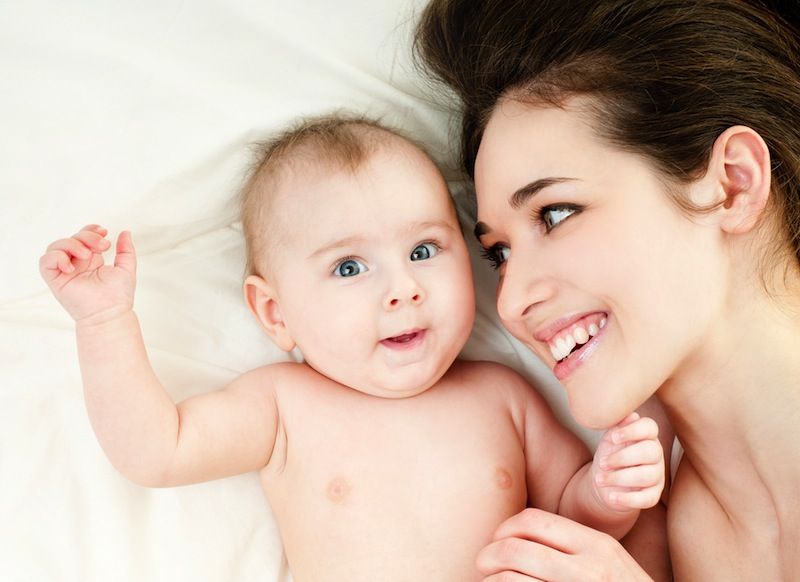Baby Boom: Religious Women Having More Kids

After a drop in fertility during the global recession of 2007-08, women — especially religious women — are having more babies again, a new forecast suggests.
The total fertility rate in the United States is predicted to climb from a 25-year low of 1.89 children per woman in 2012 to 1.90 children per woman in 2013. The rate was 2.12 children per woman in 2007.
"As the economy rebounds and women have the children they postponed immediately after the Great Recession, we are seeing an uptick in U.S. fertility," Sam Sturgeon, president of Demographic Intelligence, the consulting agency that developed the forecast, said in a statement.
And churchgoing women have more children than their nonreligious peers, according to the Center for Disease Control's National Survey of Family Growth, an ongoing survey spanning 2011-2015. The survey involves about 5,000 interviews per year, conducted by the University of Michigan Institute for Social Research.
Women between the ages of 15 and 44 who attend religious services at least weekly have 1.42 children on average, compared with the 1.11 children of similar-age women who rarely or never attend services. More religious women said they also intend to have more kids (2.62 per woman) than nonreligious women (2.10 per woman), the survey found.
Religious mothers also have a larger share of the total births in the United States. Women who attend religious services represent only 51 percent of U.S. women ages 15-44, but account for 56 percent of births.
"Partly because religious communities provide a family-friendly context to the women who attend them, religious women are more likely to have children, and to bear a comparatively high share of the nation’s children, compared to their less religious or secular peers," Sturgeon said in the statement.
Sign up for the Live Science daily newsletter now
Get the world’s most fascinating discoveries delivered straight to your inbox.
The U.S. Fertility Forecast, released quarterly, makes projections of U.S. birth trends in 2013, 2014 and 2015 based on in-depth analysis of demographic, economic and cultural trends. The August edition of the forecast is the first to look at the link between religion and fertility. The forecast was 99.92 percent accurate in predicting the total number of U.S. births in 2011.
Demographic Intelligence provides U.S. birth forecasts and fertility analytics for businesses in areas ranging from health care to household products.
Follow Tanya Lewis on Twitter and Google+. Follow us @livescience, Facebook & Google+. Original article on LiveScience.com.

Most Popular




